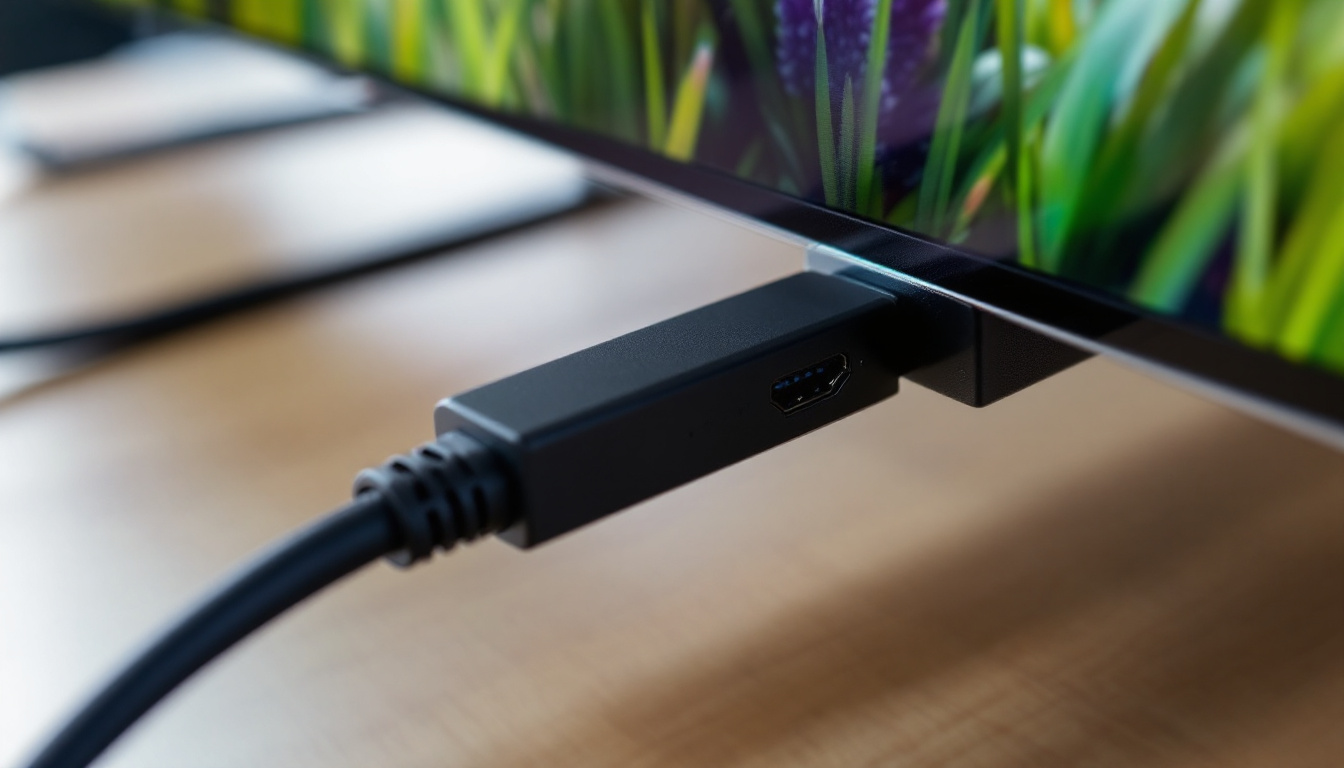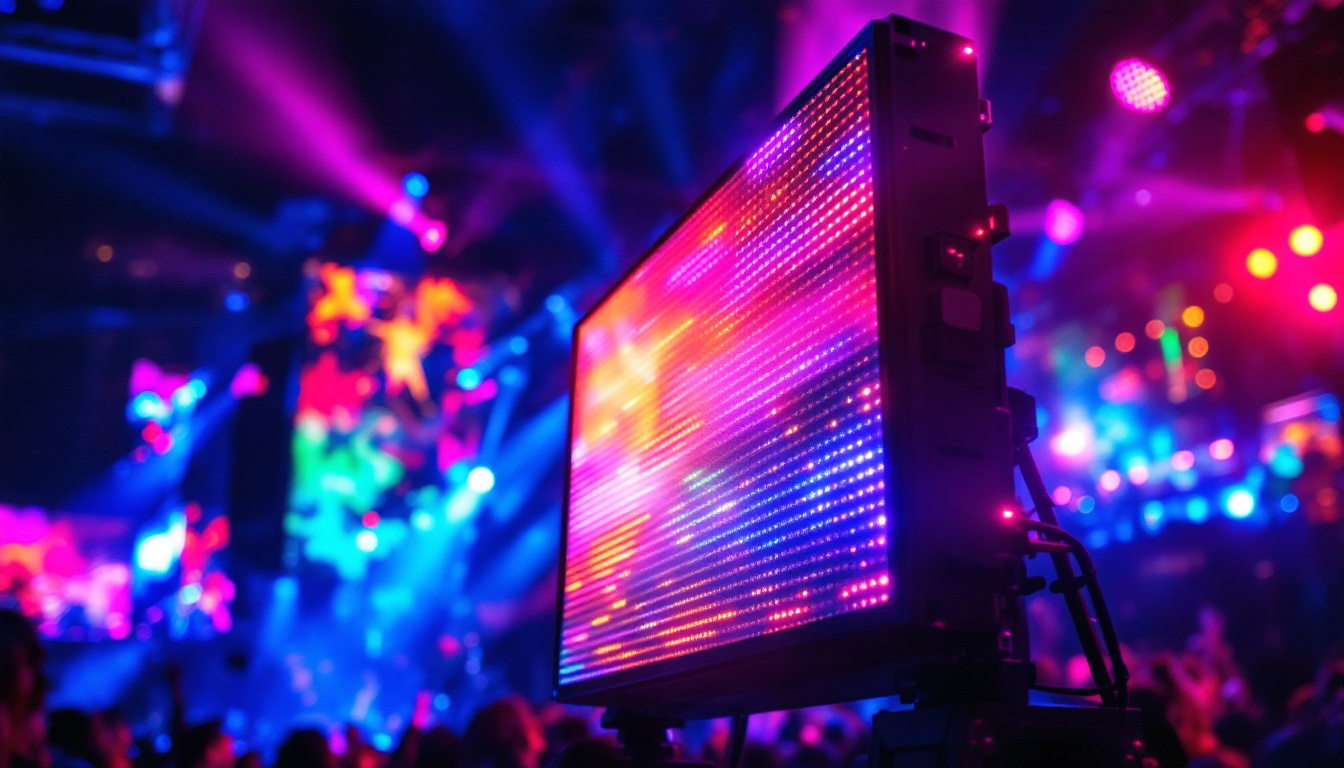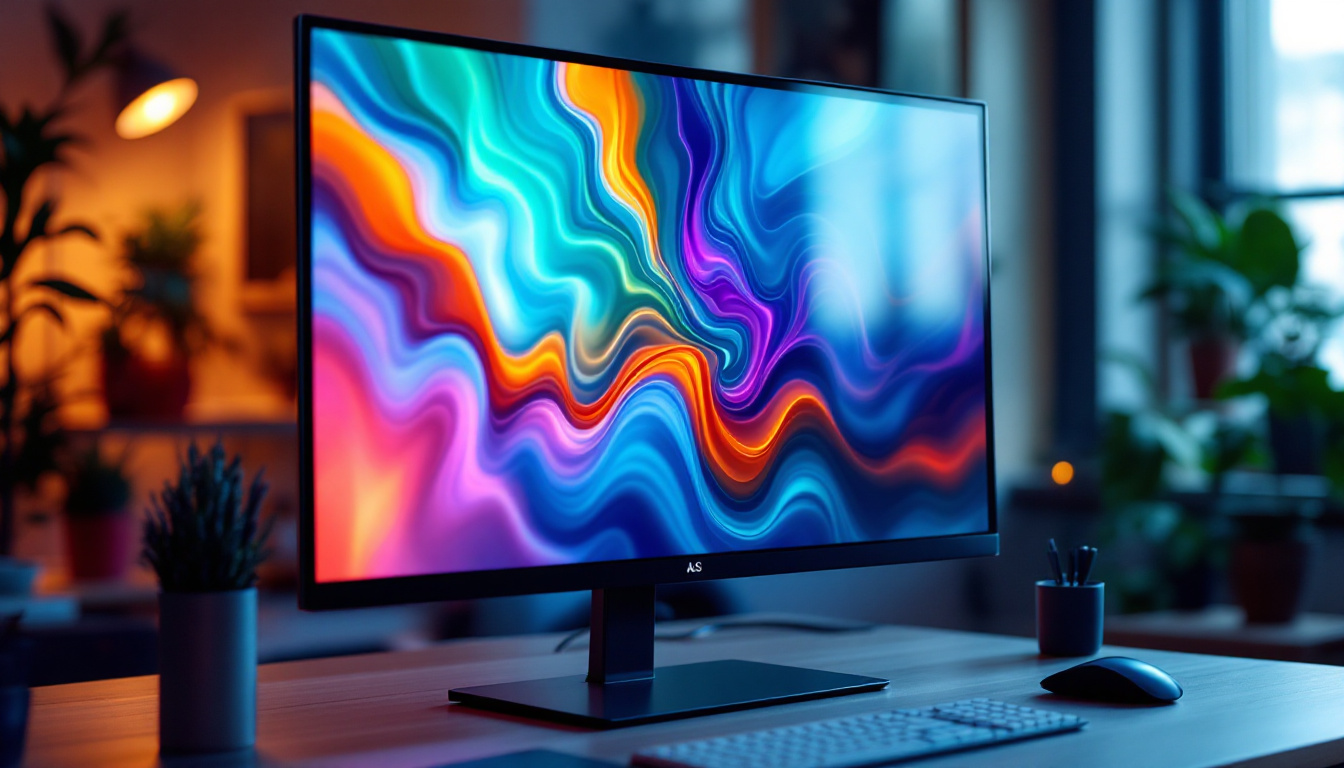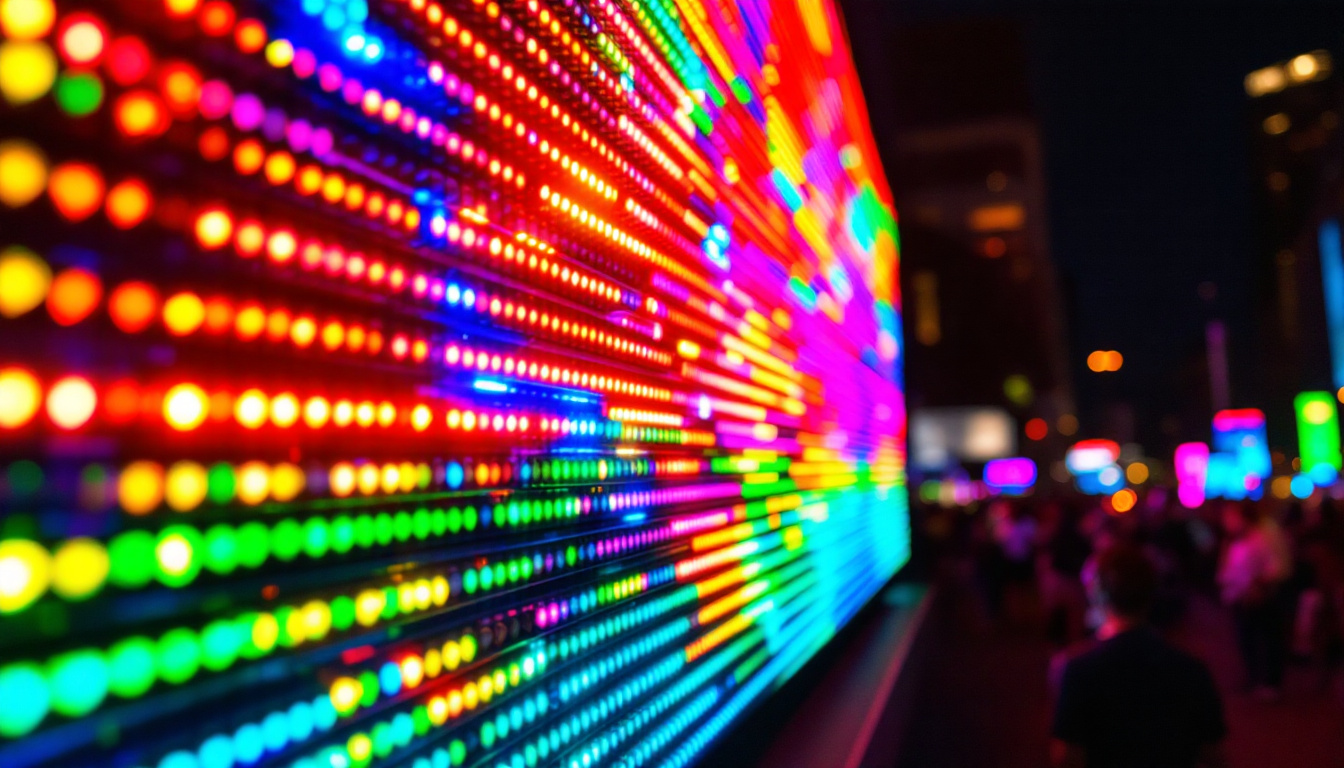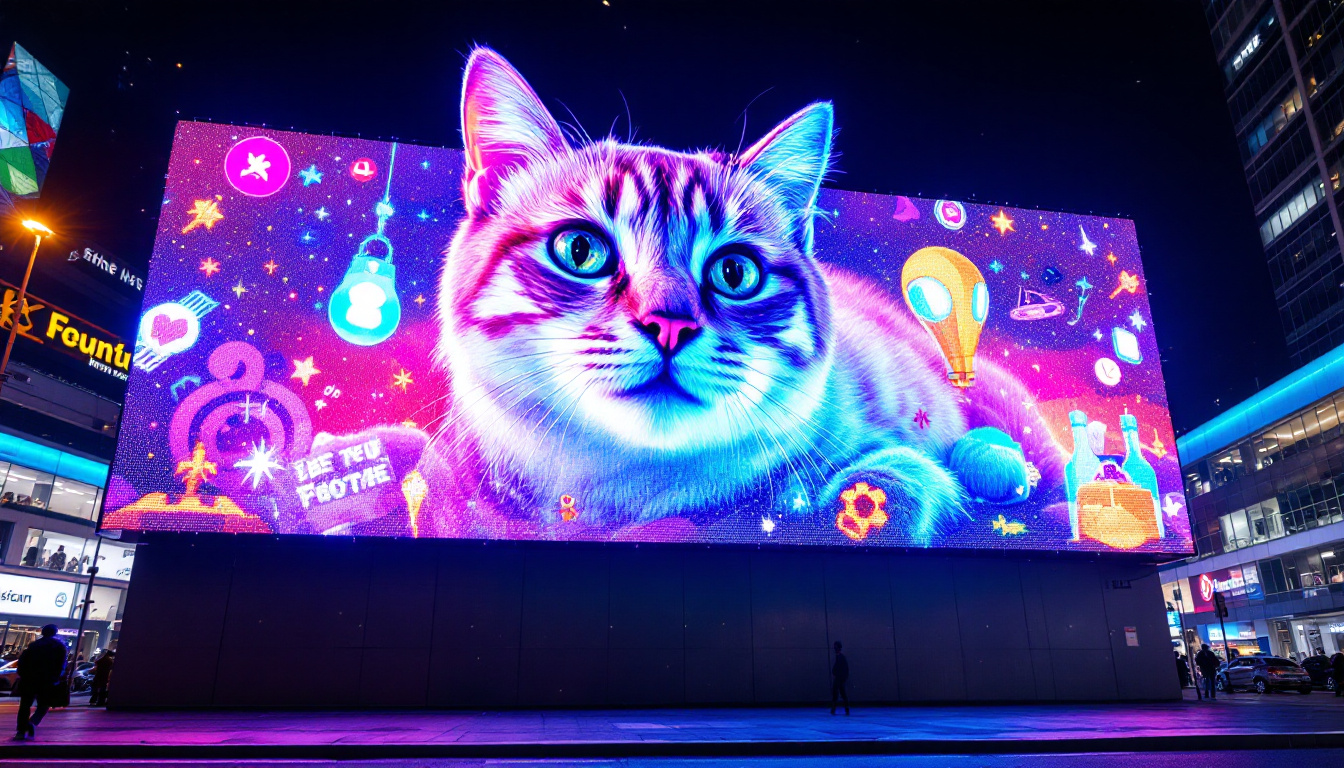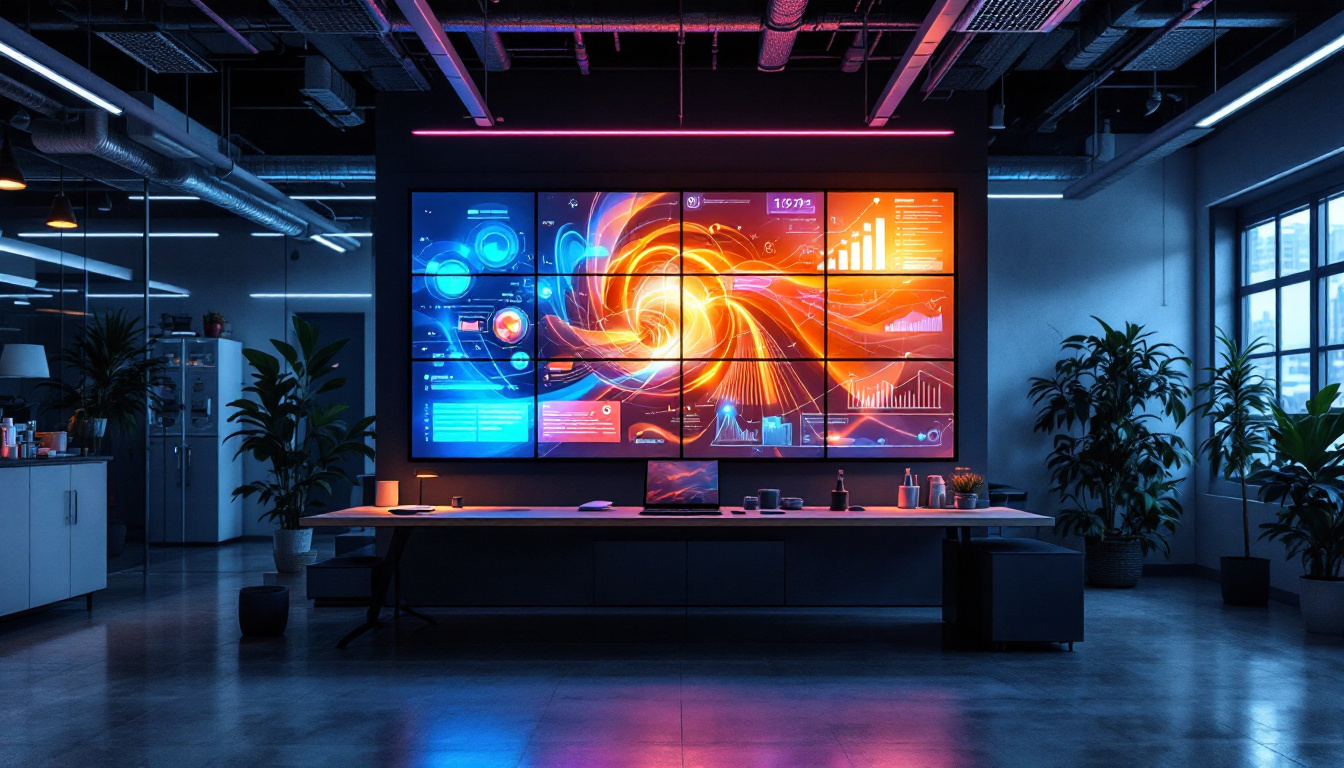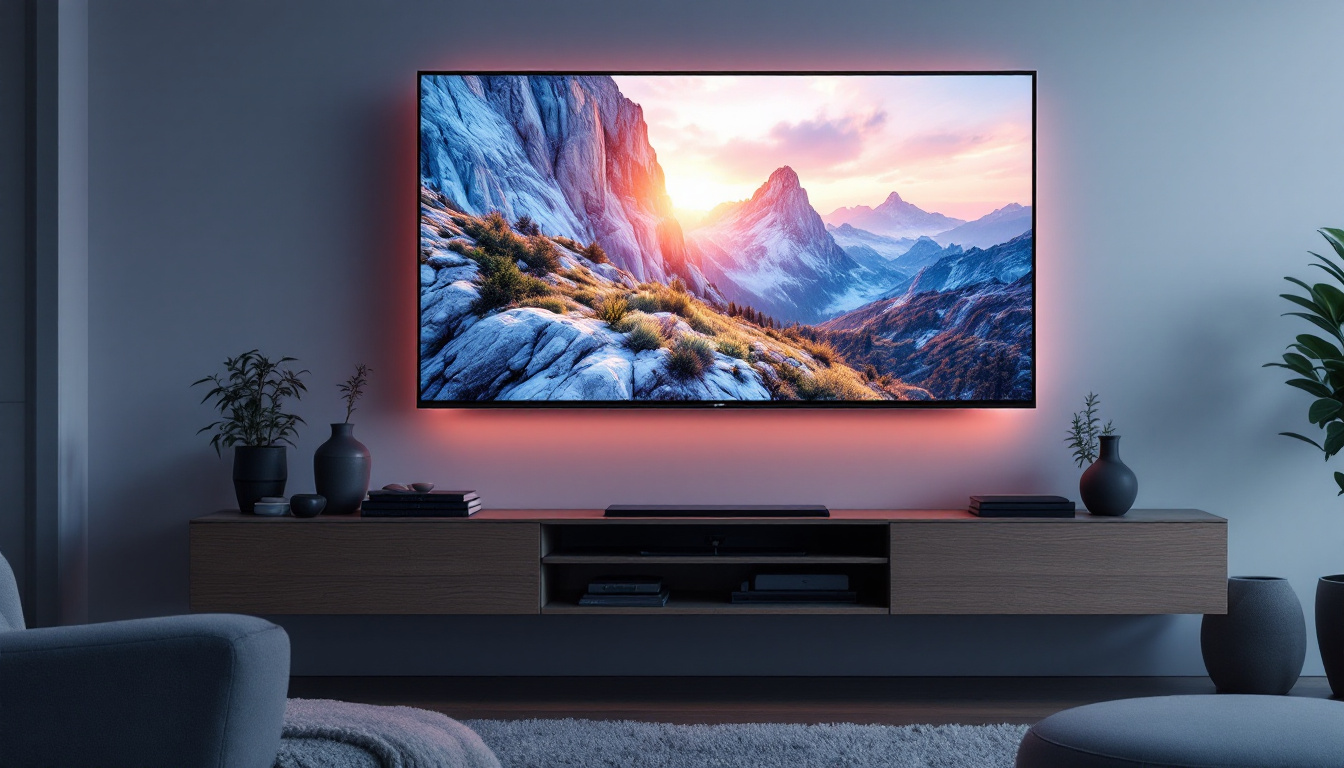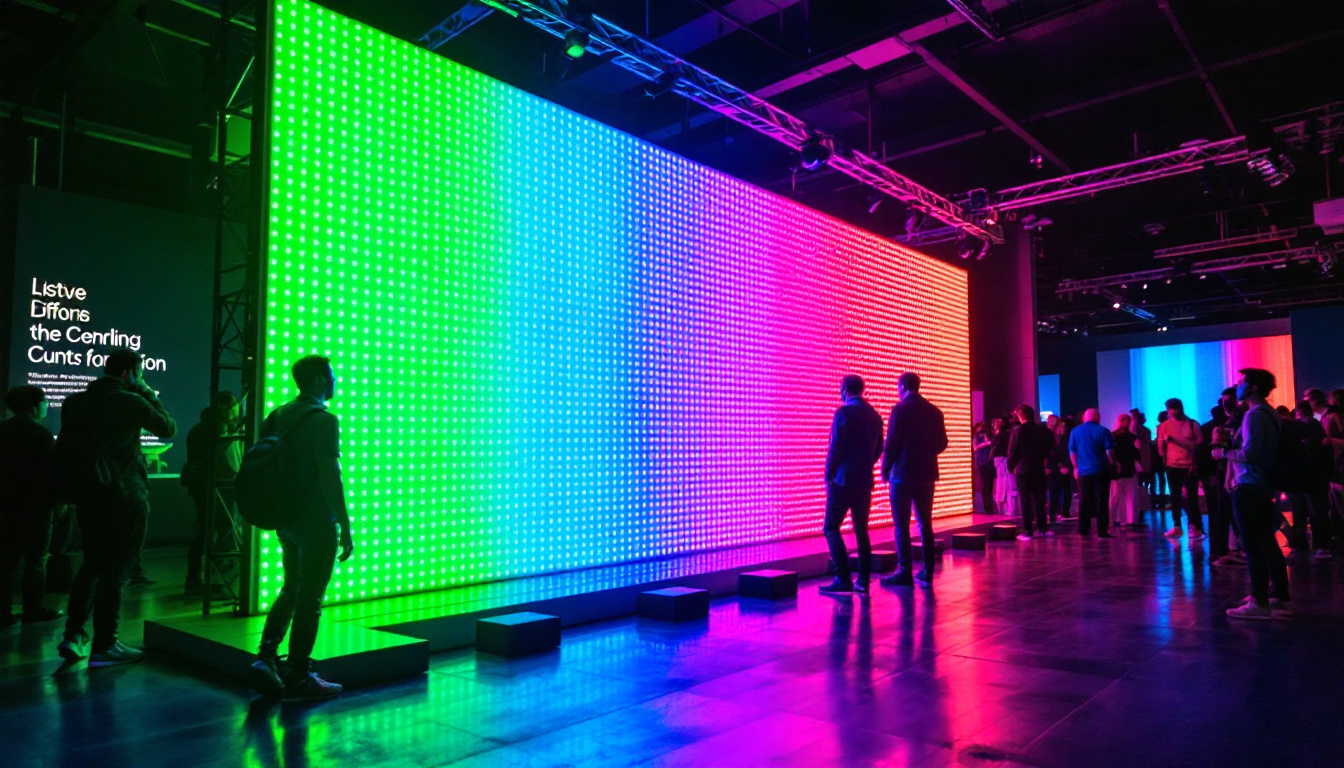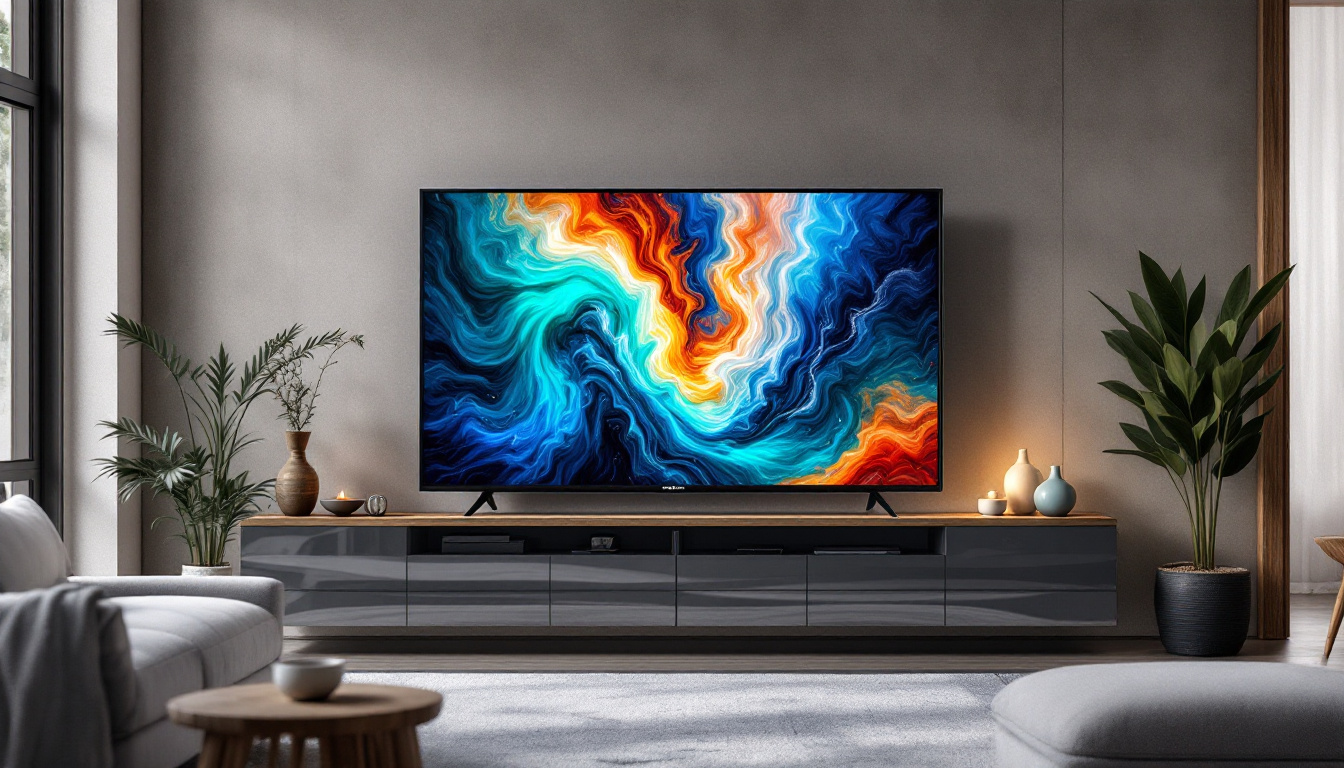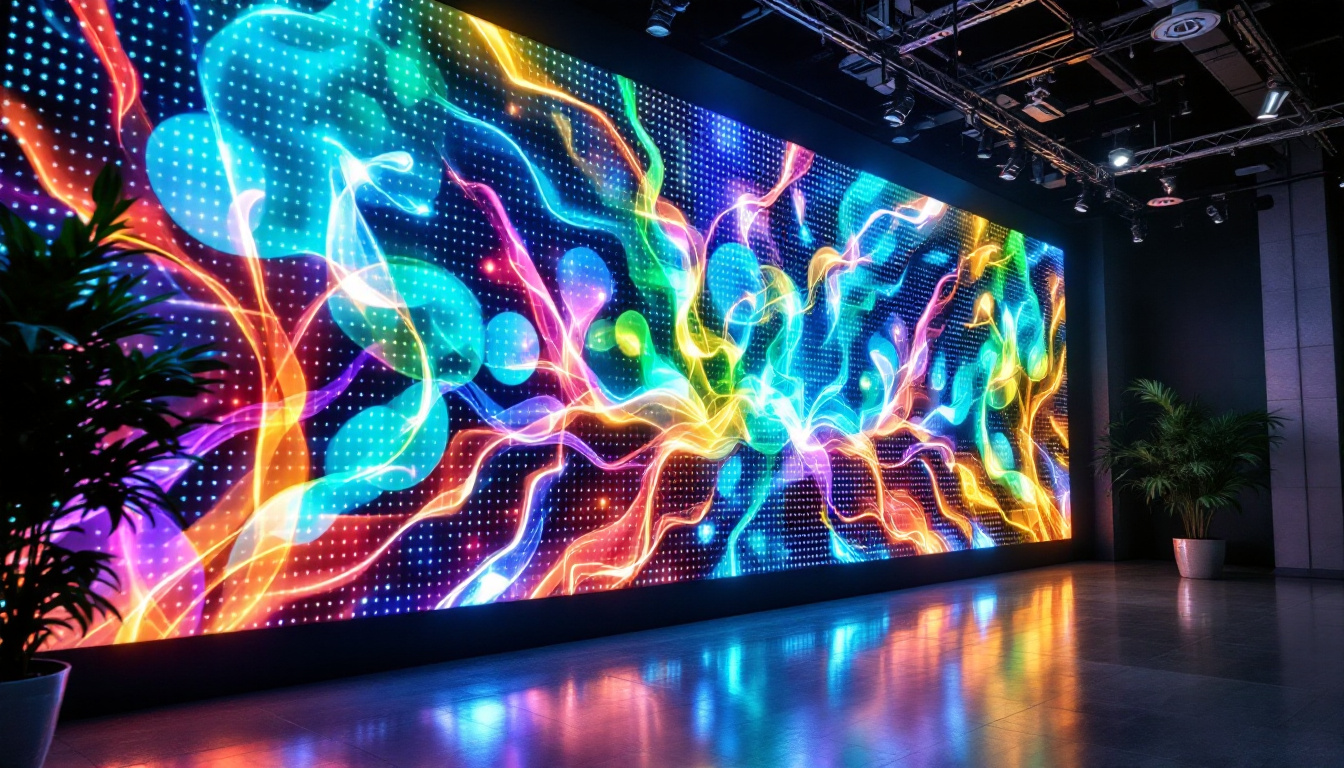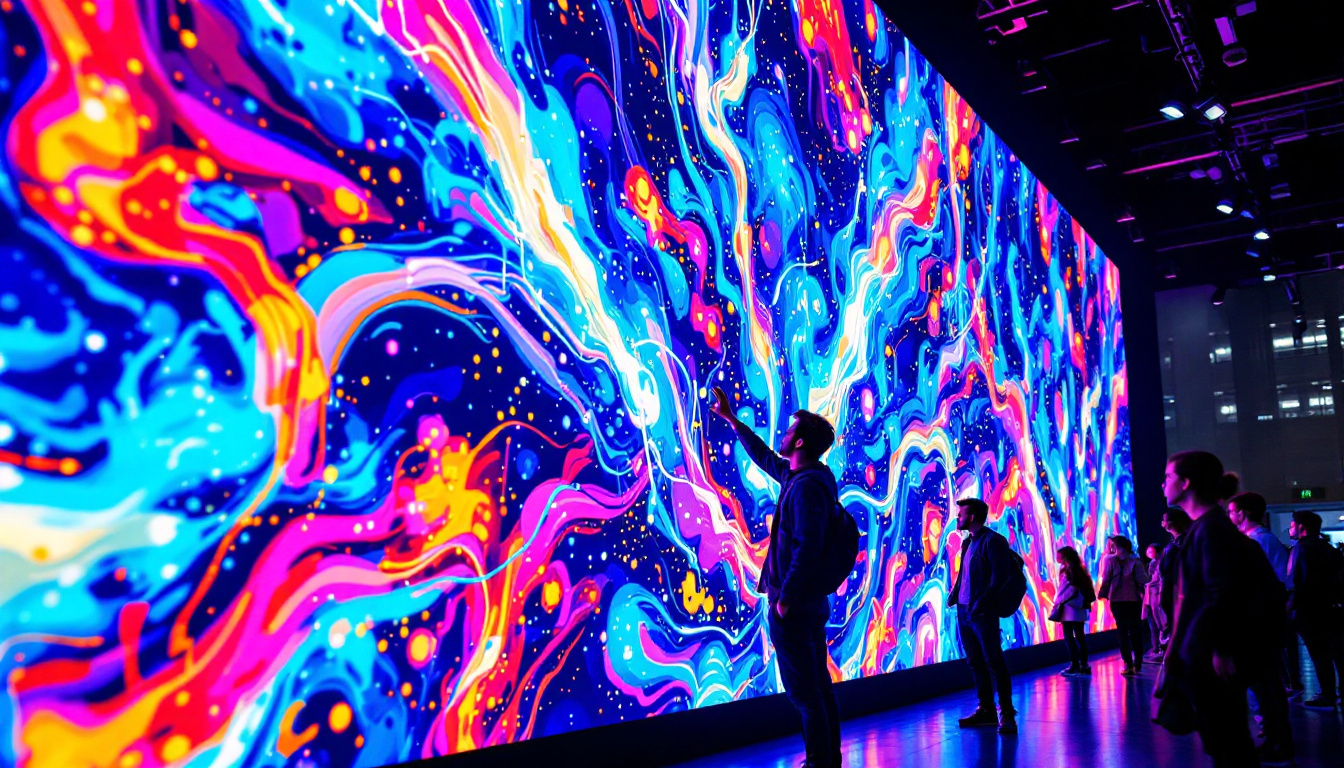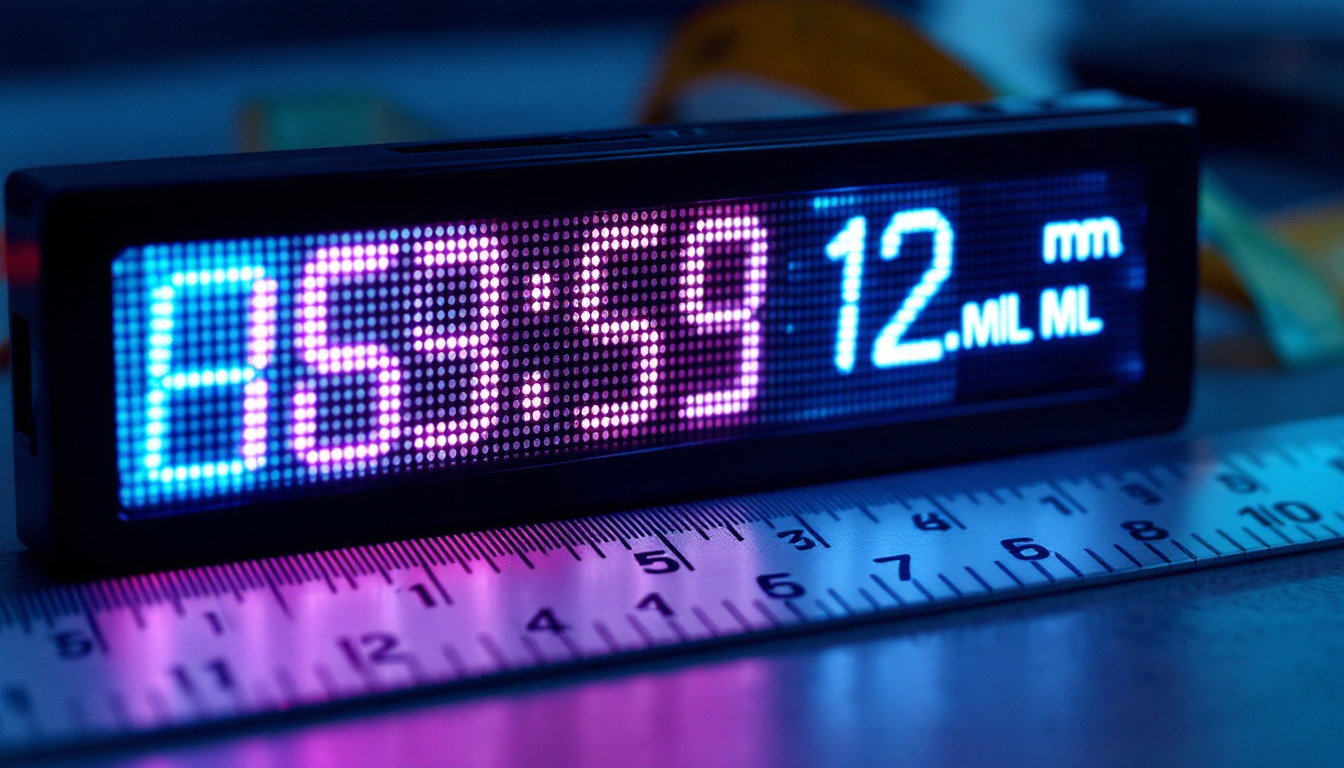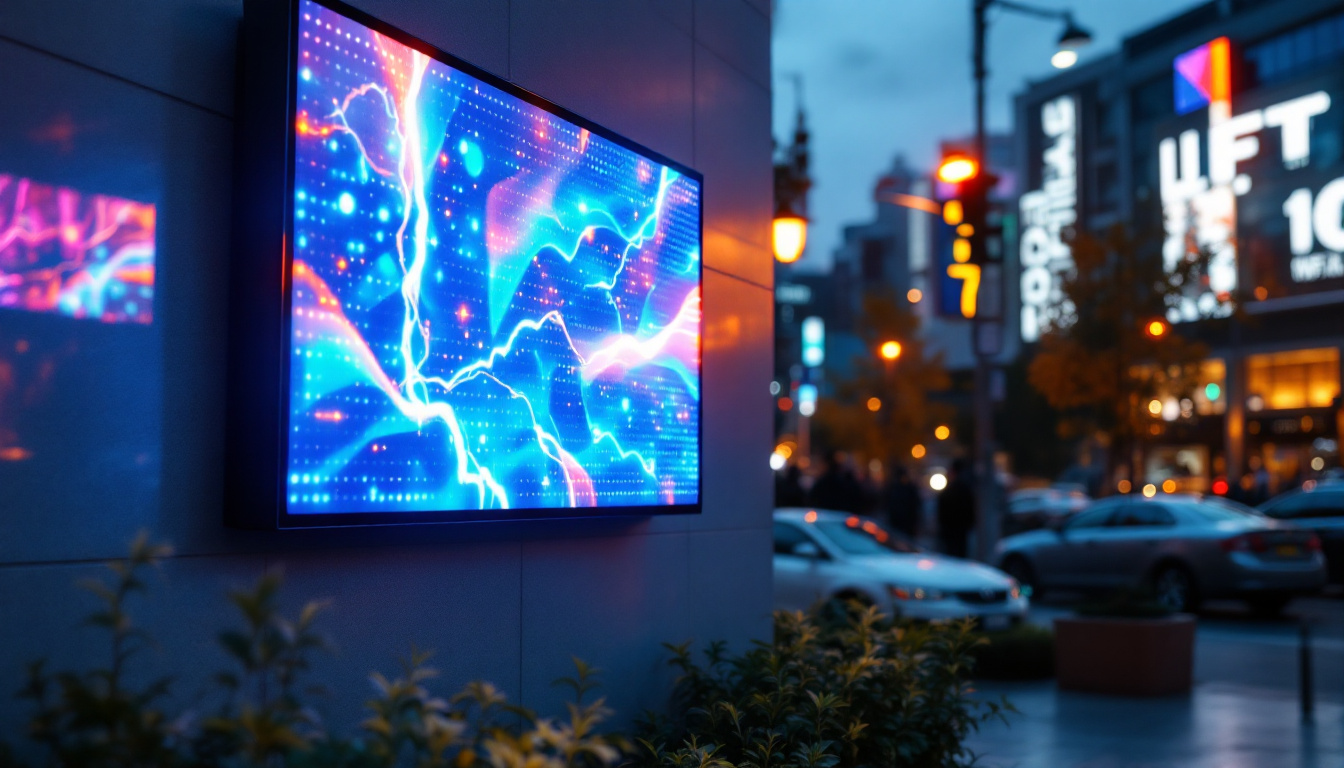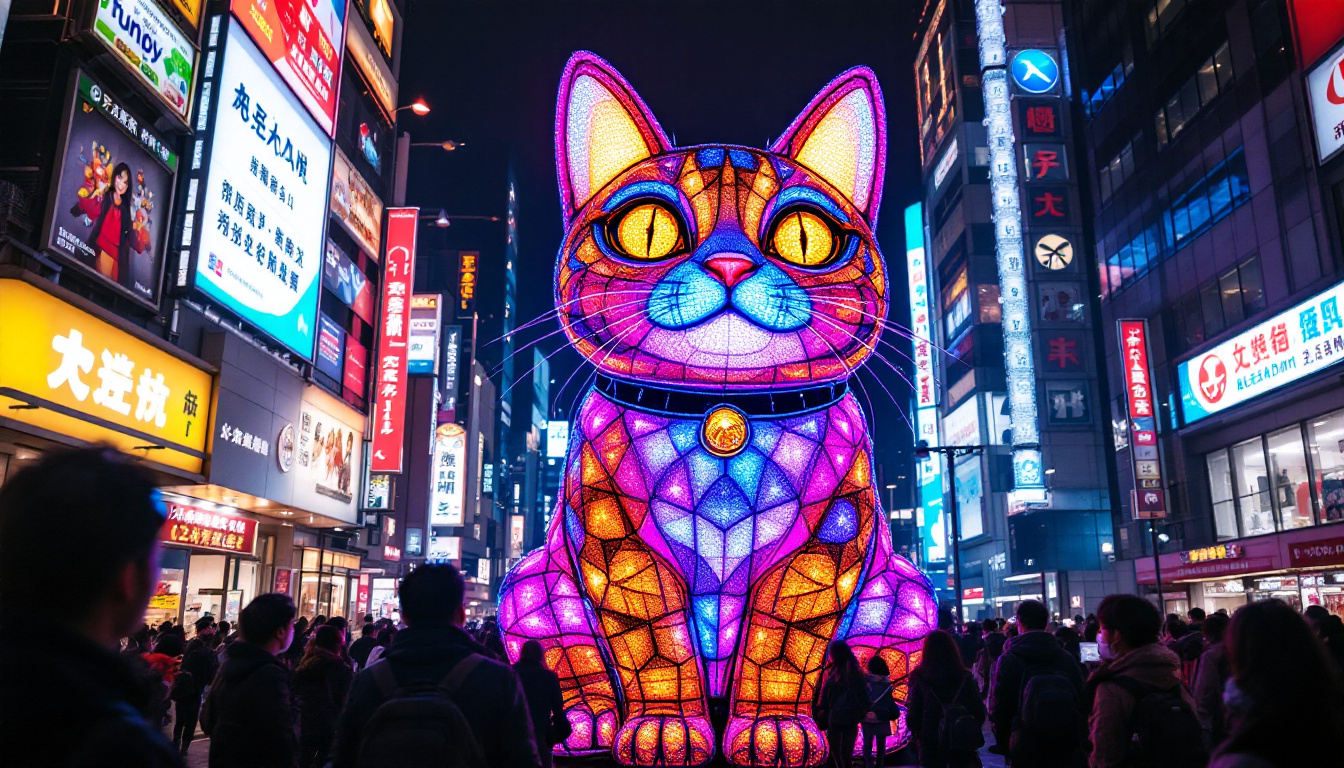In the ever-evolving world of technology, the way we connect our devices plays a crucial role in ensuring optimal performance and visual quality. The DisplayPort (DP) to HDMI 1.4 conversion is a common scenario in many setups, particularly when dealing with LED displays. Understanding the intricacies of this conversion can enhance the viewing experience and ensure compatibility across devices.
Understanding DisplayPort and HDMI
DisplayPort and HDMI are two of the most widely used interfaces for transmitting video and audio signals between devices. Each has its unique features and advantages, making them suitable for different applications.
What is DisplayPort?
DisplayPort is a digital display interface developed by the VESA (Video Electronics Standards Association). It was designed to replace older standards like VGA and DVI, providing higher bandwidth and better support for modern displays. One of the key advantages of DisplayPort is its ability to support multiple displays from a single output, making it ideal for setups requiring multiple monitors.
DisplayPort also supports adaptive sync technology, which helps eliminate screen tearing and stuttering during gameplay. This feature is particularly beneficial for gamers who demand high performance and smooth visuals. Additionally, DisplayPort can carry audio signals along with video, allowing for a single cable solution that simplifies connections and reduces cable clutter. With its ability to support high refresh rates and resolutions, DisplayPort is often favored in professional environments, such as graphic design and video editing, where color accuracy and detail are paramount.
What is HDMI?
HDMI, or High-Definition Multimedia Interface, is a widely recognized standard for transmitting high-definition video and audio signals. It is commonly found in televisions, projectors, and home theater systems. HDMI has evolved over the years, with HDMI 1.4 being a significant version that introduced several enhancements over its predecessors.
One of the notable features of HDMI 1.4 is its support for 4K video at 30Hz, making it suitable for high-resolution displays. Additionally, HDMI supports Consumer Electronics Control (CEC), allowing users to control multiple devices with a single remote. The versatility of HDMI extends beyond just video and audio; it also supports Ethernet over HDMI, enabling network connectivity between devices without the need for additional cables. This makes HDMI a convenient choice for modern home entertainment systems, where streaming and online content consumption are increasingly prevalent. Furthermore, with the introduction of HDMI 2.0 and beyond, features such as higher refresh rates, HDR (High Dynamic Range), and enhanced audio return channels have made HDMI an essential interface for both casual viewers and audiophiles alike.
Why Convert DisplayPort to HDMI 1.4?
The need to convert DisplayPort to HDMI 1.4 arises from the compatibility requirements of various devices. Many modern monitors and televisions primarily feature HDMI inputs, while some computers, especially those designed for gaming or professional use, may only have DisplayPort outputs.
Compatibility Issues
When connecting a device with a DisplayPort output to a display that only accepts HDMI, a direct connection is not possible. This is where a DP to HDMI adapter or cable becomes essential. These adapters allow users to connect their devices seamlessly, ensuring that they can take full advantage of their display’s capabilities.
Moreover, using an adapter can help avoid issues related to resolution and refresh rates. HDMI 1.4 supports various resolutions, including 1080p and 4K, making it a versatile choice for different setups. Additionally, the ability to transmit data at high speeds ensures that gamers and professionals can experience minimal lag and smooth performance, which is crucial during fast-paced activities or when working with high-resolution graphics.
Enhanced Audio and Video Quality
Another reason for converting DisplayPort to HDMI 1.4 is the enhancement of audio and video quality. HDMI 1.4 supports high-definition audio formats, including Dolby TrueHD and DTS-HD Master Audio. This feature is particularly advantageous for home theater enthusiasts who seek an immersive audio experience.
Furthermore, HDMI 1.4 supports 3D video formats, allowing users to enjoy 3D content on compatible displays. This capability is increasingly relevant as more media becomes available in 3D, making the conversion a worthwhile consideration. In addition to 3D support, HDMI 1.4 also introduces features like Ethernet over HDMI, which allows devices to share an internet connection without the need for additional cables. This can simplify setups and reduce clutter, making it easier for users to connect multiple devices efficiently.
Moreover, the versatility of HDMI 1.4 extends to its support for various color spaces and deep color formats, enhancing the visual experience further. This is particularly beneficial for graphic designers and video editors who require accurate color representation in their work. The ability to utilize features such as 4K resolution at 30Hz also opens up new possibilities for high-definition content consumption, ensuring that users can enjoy their favorite movies and games in stunning detail.
How to Connect DisplayPort to HDMI 1.4
Connecting a DisplayPort output to an HDMI 1.4 input is a straightforward process, but it requires the right equipment. Here’s a step-by-step guide to ensure a successful connection.
Choosing the Right Adapter
The first step in connecting DisplayPort to HDMI is selecting the appropriate adapter or cable. It is crucial to choose a high-quality adapter that supports HDMI 1.4 specifications to ensure optimal performance. Some adapters may only support lower resolutions or refresh rates, which can limit the quality of the output.
When purchasing an adapter, look for features such as support for 4K resolution, audio transmission, and compatibility with various devices. Reading customer reviews can also provide insights into the reliability and performance of the adapter.
Connecting the Devices
Once the right adapter is acquired, the next step is to connect the devices. Begin by plugging the DisplayPort end of the adapter into the output port of the source device, such as a computer or laptop. Then, connect the HDMI end to the HDMI input on the display device, such as a monitor or television.
After the physical connection is made, power on both devices. Most modern operating systems will automatically detect the new display. If the display does not appear, users may need to adjust the display settings on their source device to extend or duplicate the screen.
Common Issues and Troubleshooting
While connecting DisplayPort to HDMI 1.4 is generally a smooth process, users may encounter some common issues. Understanding these problems and their solutions can help ensure a seamless experience.
No Signal Detected
One of the most frequent issues users face is the “no signal detected” error. This can occur for various reasons, such as a loose connection or an incompatible adapter. To troubleshoot this issue, first, check that all connections are secure. If the problem persists, try using a different HDMI cable or adapter to rule out hardware failure.
Additionally, ensure that the display device is set to the correct input source. Many televisions and monitors have multiple HDMI ports, and selecting the wrong one can lead to a signal loss.
Resolution and Refresh Rate Problems
Another common issue is related to resolution and refresh rate settings. If the display appears blurry or the output resolution is incorrect, users may need to adjust the display settings on their source device. This can usually be done through the display settings menu in the operating system.
For optimal performance, ensure that the resolution set on the source device matches the native resolution of the display. Additionally, check that the refresh rate is compatible with both the source and the display. HDMI 1.4 supports various refresh rates, but exceeding the capabilities of the display can result in issues.
Advantages of Using DisplayPort to HDMI 1.4
Converting DisplayPort to HDMI 1.4 offers several advantages that enhance the overall user experience. These benefits make the conversion a practical choice for many setups.
Versatility and Compatibility
One of the primary advantages of using a DP to HDMI 1.4 connection is the versatility it provides. HDMI is widely used across various devices, including televisions, projectors, and gaming consoles. By converting DisplayPort to HDMI, users can connect their devices to a broader range of displays without compatibility issues.
This versatility is particularly beneficial for professionals who may need to connect their laptops or desktops to different displays in various environments, such as conference rooms or classrooms.
Cost-Effective Solution
Using a DP to HDMI 1.4 adapter is often a cost-effective solution compared to purchasing new devices. Many users may already own a monitor or television that only supports HDMI, making the adapter a more economical choice than upgrading to a new display with DisplayPort support.
Furthermore, adapters are generally affordable and widely available, making them an accessible option for users looking to enhance their setup without breaking the bank.
Future of Display Technologies
As technology continues to advance, the landscape of display interfaces is evolving. Understanding the current standards, such as DisplayPort and HDMI, is essential for staying ahead in this dynamic field.
Emerging Standards
With the introduction of newer standards like HDMI 2.1 and DisplayPort 2.0, users can expect even higher resolutions, improved refresh rates, and enhanced audio capabilities. HDMI 2.1, for instance, supports 8K video at 60Hz and 4K video at 120Hz, making it a game-changer for high-end displays.
As these technologies become more prevalent, users may find themselves needing to upgrade their equipment to take full advantage of the latest advancements. However, the fundamental principles of connectivity, such as the need for compatibility and quality, will remain essential.
Conclusion
In summary, the conversion from DisplayPort to HDMI 1.4 is a practical solution for users seeking to connect their devices to a wide range of displays. Understanding the features and advantages of both interfaces can help users make informed decisions about their setups.
As technology continues to evolve, staying informed about emerging standards and best practices will ensure that users can maximize their viewing experience. Whether for gaming, professional use, or home entertainment, the DP to HDMI conversion remains a relevant and valuable topic in the world of display technology.
Explore Cutting-Edge LED Displays with LumenMatrix
Ready to elevate your visual experience with the latest in display technology? LumenMatrix offers a diverse range of LED display solutions that cater to any need—from vibrant Indoor and Outdoor LED Wall Displays to dynamic Vehicle and Sports LED Displays. Discover how our innovative LED Poster Displays, immersive Floor LED Displays, and Custom LED solutions can transform your space and captivate your audience. Embrace the future of visual communication with LumenMatrix’s All-in-One and Transparent LED Displays. Check out LumenMatrix LED Display Solutions today and see your vision come to life with unparalleled clarity and impact.

